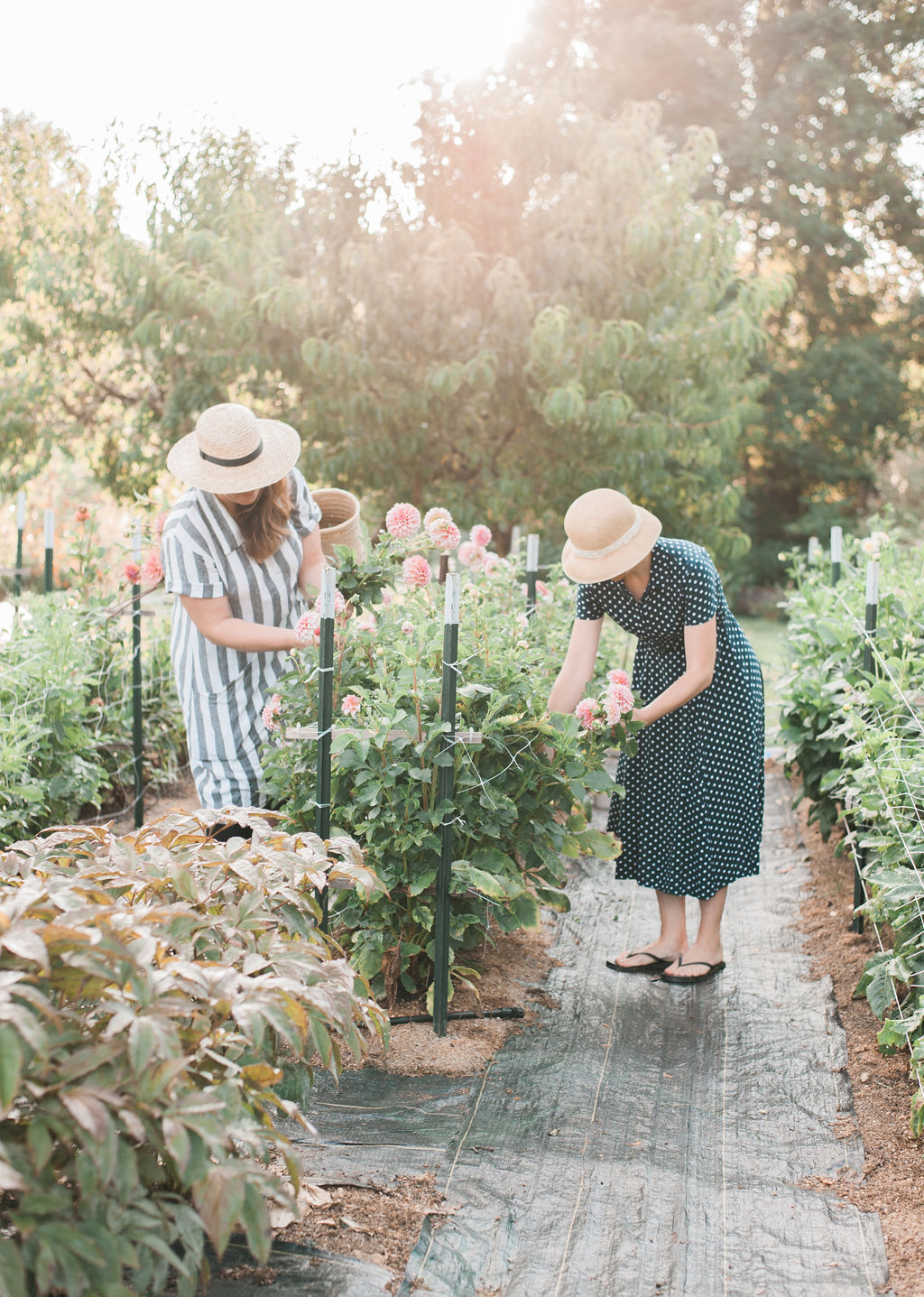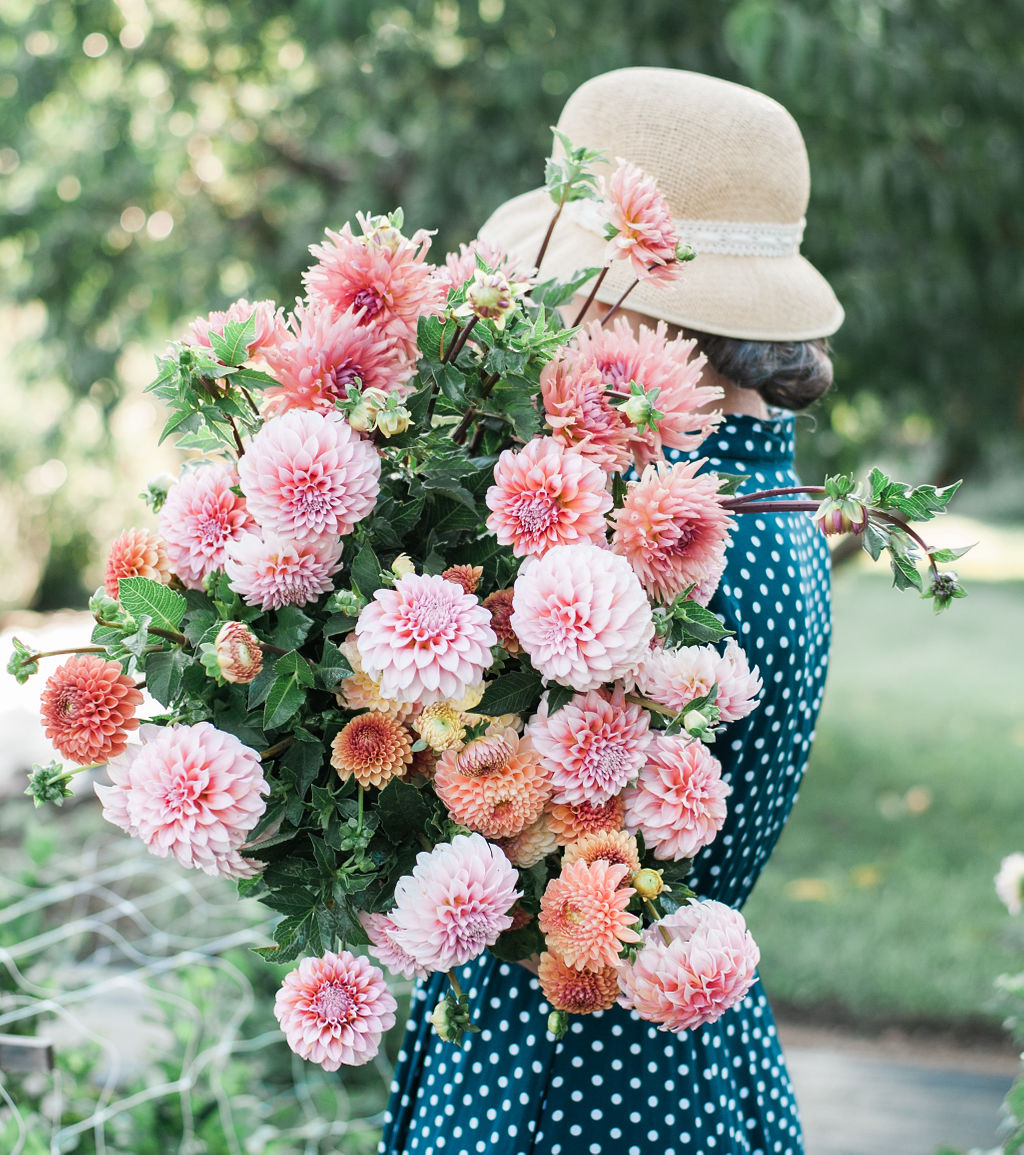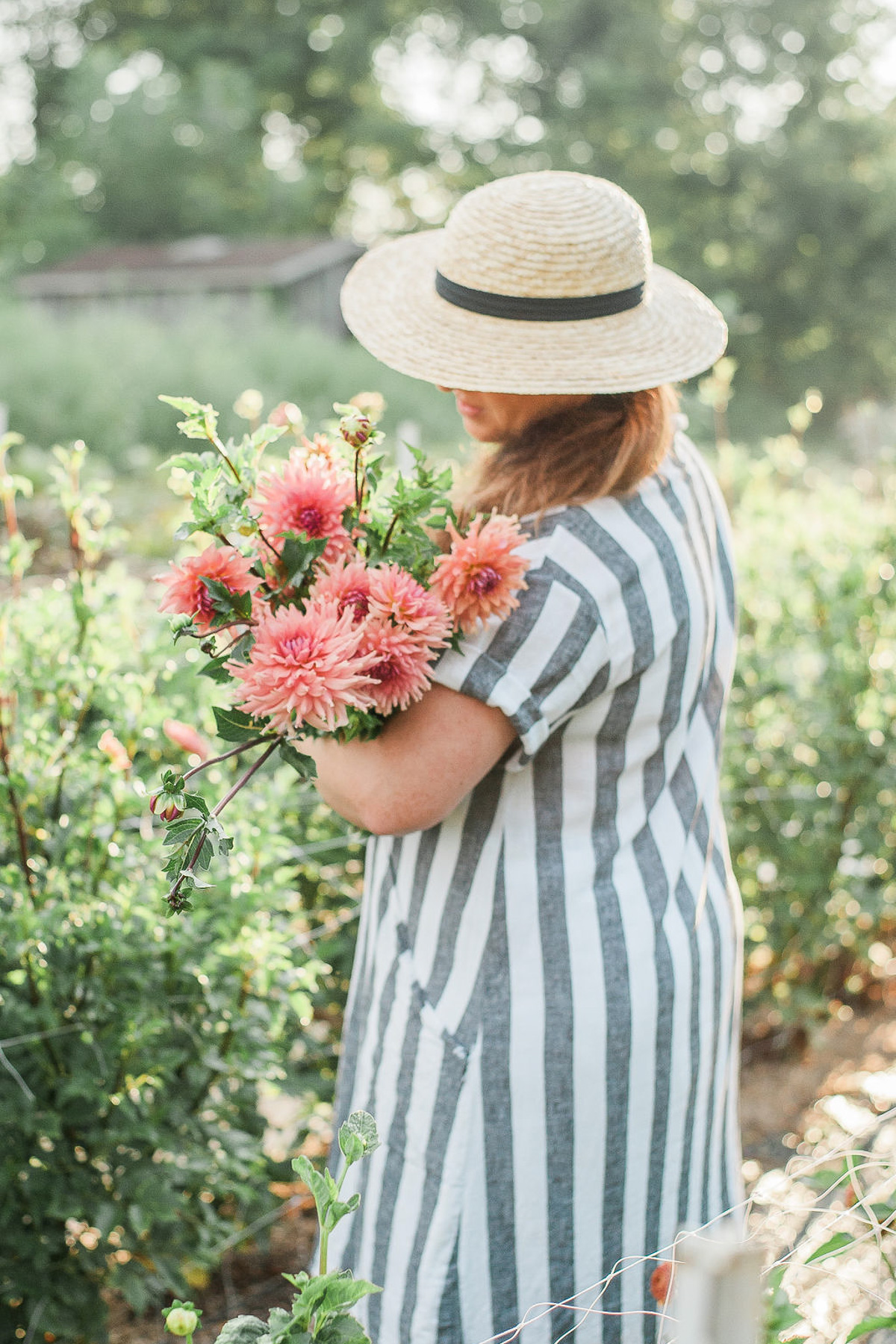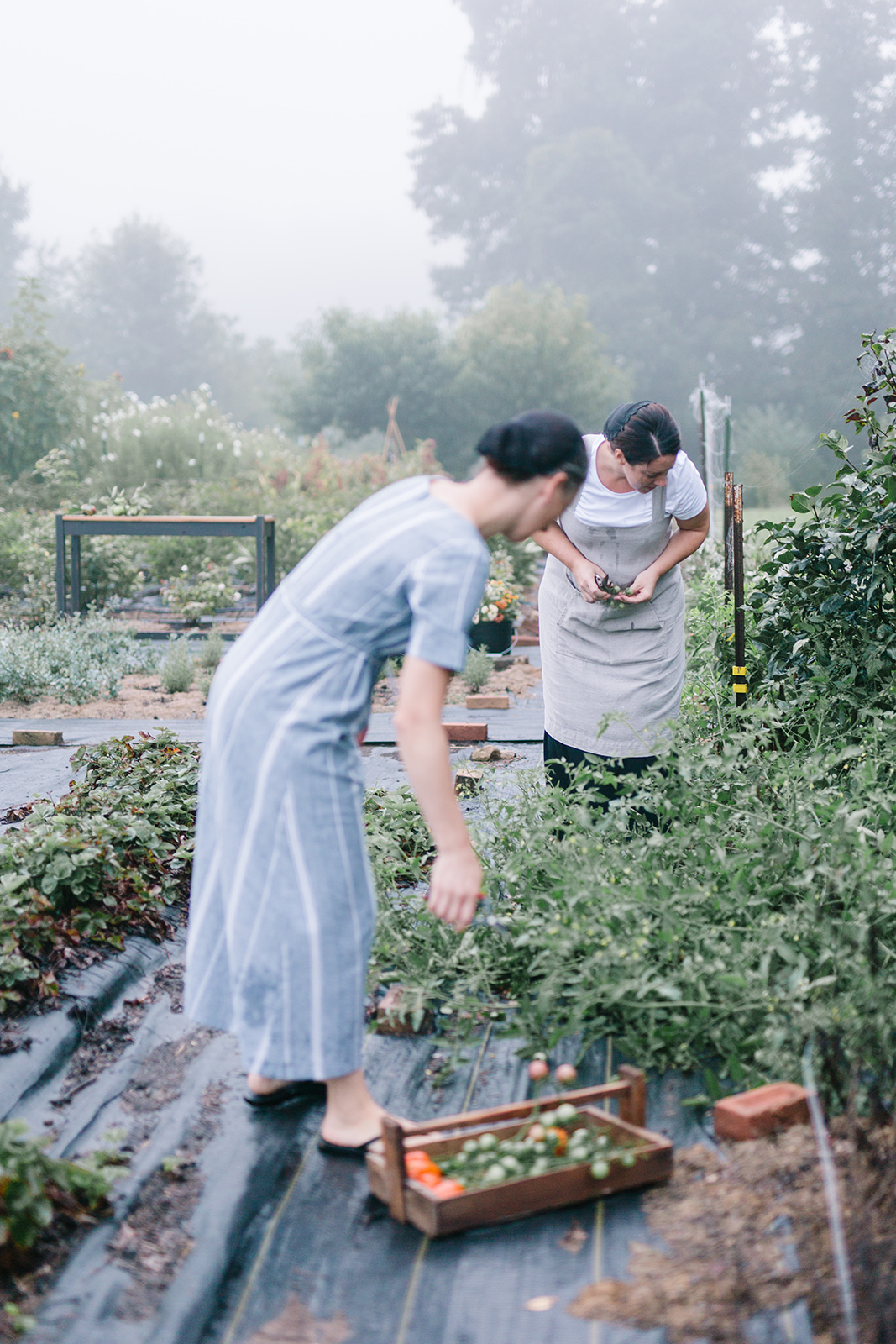The Gardens
“Two things cannot be in one place.
Where you tend a rose, my lad, a thistle cannot grow.”
– Frances Hodgson Burnett



The Story of Our Gardens
Right next to the house our parents own is an abandoned sawmill. Before it was a sawmill it was the woods we played in as children.
We spent hours swinging from wild grapevines and building forts and hiding from our chores.
We were heartbroken when Mr. R. bought our forest, cut down all our favorite trees, and turned our little oasis into a roaring, grinding sawmill. The sawmill was abandoned after a few years, leaving the plot next door deeply scarred.
When Dad bought it, there was rusting equipment, weeds, and a few falling down buildings to look at. Nothing more.
Over the years, we built a dry kiln and slowly cleared out the debris. In one corner, there is a buzzing honey operation, contained in what we aptly call the Honey House. Bees do a brisk business.
Several years ago, we discovered that the soil in most of the old sawmill was still rich, black loam from years of rotting leaves and twigs.
It is in this little piece of earth that our garden grows.
We Learned the Hard Way
The first cut flower garden we planted was an unmitigated disaster.
We realized quickly that research and a good garden plan are half the work. There are so many moving parts in a successful garden: soil conditions, weed and pest control, growing zones and micro climates, irrigation, fertilization, and so much more. It was a daunting task to keep track of it all. We just wanted the pretty flowers!
Over time, though, our garden has changed us. It has made us stronger, more optimistic, and a little more chill. Gardening is its own rich reward.
We’ve learned a lot (and are still learning!) about how to grow cut flowers in zone 5b/6a, where the winters are long and cold and the summers are hot.

